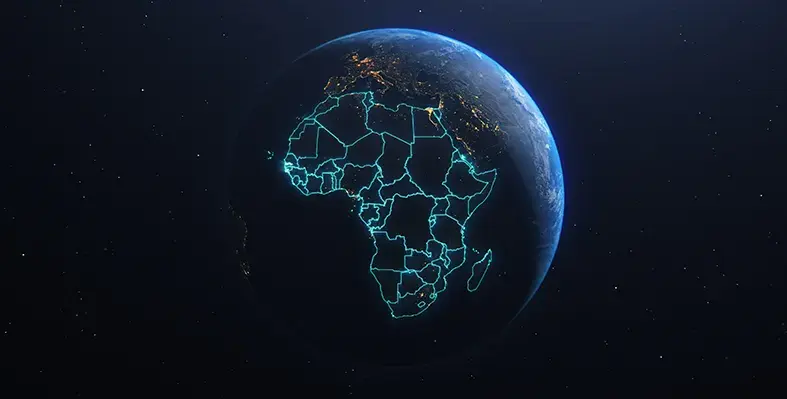Siemens has launched a data visualisation project called FABRIC at the German Africa Business Summit in Accra, demonstrating how crucial data is in transforming Africa’s urban centres into smart cities of the future
The project used Jamestown and immediate surrounding areas as a case study due to the town’s strong culture and powerful history. The data visualisation of Jamestown revealed how among all the challenges the area may be facing, the water crisis is a major one.
Edmund Acheampong, country manager of Siemens Ghana, stated, “Understanding data can help town planners identify a community’s challenges to better deliver services and identify ways to improve the community.”
Jamestown, which also houses the central business district (CBD), is the hub of major commercial activities within the city of Accra. The town is believed to attract an estimated daily influx of about two million people from various walks of life who come for administrative, educational, industrial and commercial reasons.
This situation does not only boost economic activity within the Metropolis but also puts a lot of pressure on already heavily burdened energy infrastructure, coupled with water, energy and sanitation challenges.
Acheampong believes companies with the right technologies need to step in to make a difference. He explained that Siemens’ Water portfolio covered the entire water value chain from, water transport, treatment, desalination and pumping stations. Siemens in collaboration with the government and other local companies can help work towards building a resilient Accra through intelligent water infrastructure and sustainable energy solutions would contribute to Ghana’s industrialisation ambitions.
Digitalisation, especially in Africa, creates the opportunity to drive economic growth. It creates an opportunity to leapfrog old technologies and employ modern solutions that can help industrialise economies.
Acheampong further explained, “We chose to activate the story of Siemens in Ghana through this initiative because we know how important telling a story through FABRIC is across cultures and languages in Africa.”






















